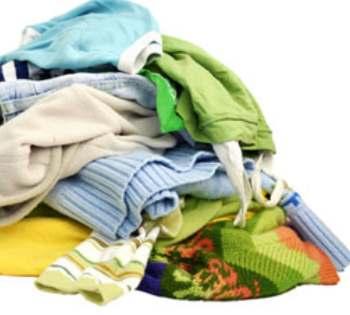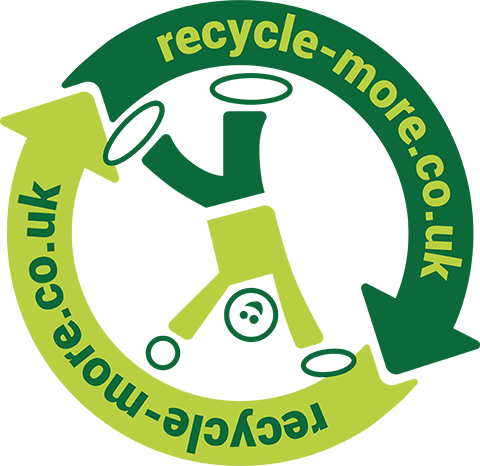
Making an co-friendly fashion statement: Reducing my environmental impact
SUSTAINABLE FASHION
According to the UN, the clothing industry is responsible for around 10% of global greenhouse gas emissions and consumes more energy than aviation and shipping combined! We are living in an era where “fast fashion” is the norm and where being “on trend” is to the detriment of our environment.
I am sure that some of us have been guilty of buying a new outfit for an occasion and worn it only once, for it then to sit in the wardrobe never to grace the light of day again, or simply thrown an item of clothing away when it could have been recycled or donated to charity to be enjoyed by someone else.
The fashion industry fuels a disposable culture where clothing is often cheaply made and lacks in quality. Many garments are designed to be replaced as trends change, rather than being made to last. As consumers, we should all try to be mindful when making choices. We could look to choose items based on quality and durability that are made from natural fibres, as when washed synthetic clothing leaks microfibres (plastic) into our water sources.
My sustainable swaps for plastic free fashion
Natural fibres
Choose natural over synthetic fibres, including:
- Organic Cotton
- Linen
- Silk
- Wool
- Cashmere
- Hemp
- Bamboo
- Leather
Natural fibre clothing is breathable and moisture wicking and is therefore more comfortable to wear than synthetic clothing. It can also be a great insulator. Wool for example has a natural fibre crimp, which traps pockets of air and keeps you much warmer than its synthetic counterpart. In addition, natural fibre is a renewable resource and it is biodegradable.
Donate to and buy from charity shops or host/attend a clothes swap
Once you tire of a garment or it no longer fits its life doesn't have to end. As the adage goes “One person’s trash is another person’s treasure”. Donating old clothing to a charity shop will give the items another lease of life and will simultaneously raise money for charity. Also, clothes swaps are becoming increasing popular, whether via a local organised event or an informal meet up with friends, clothes swapping gives everyone the chance to spruce up their wardrobe without exchanging cash or buying new items.
With over £140 million worth of clothing going to landfill each year, it is imperative that we first and foremost invest in quality, long lasting items and that we divert them from landfill at the end of their life. Only 13% of unwanted clothes were recycled last year and less than 1% were recycled back into clothing!
Do I really need it?
You could ask yourself - Is this an impulse buy? Can I wear something I already own? If the answer is no, perhaps try to be mindful about your choices. If you do decide to buy new garments, remember that online deliveries often come contained in plastic packaging of which some cannot be recycled. Also, if you shop in a store you can try before you buy, which reduces the need to return items. It is estimated that £5 billion of waste is generated through returns each year, which contributes 15 million metric tonnes of carbon dioxide to the atmosphere.
You can help the environment by refusing plastic coat hangers and carrier bags and considering stores that offer take back and / or incentivise recycling, by offering money off vouchers to be used in store to those that return old clothing. Examples of retailers that currently run recycling incentive schemes include: Primark, Zara and H&M.
If you can’t purchase natural fibre clothing, you could consider items that contain recycled content rather than virgin polymers.
Consider the waste hierarchy
- Resist the desire to frequently refresh your wardrobe and take good care of existing clothes to prolong their life
- Prepare for re-use – Repair worn items, donate to charity, take part in a clothes swap or sell on a platform such as Depop
- Re-purpose items into cleaning rags
- Take items to clothing banks or specialist textile recyclers
- Send for recovery – Energy from waste or for use in insulation
- Disposal should be the last resort
FURTHER IDEAS…
Many retailers are taking steps to create sustainable clothing ranges, some of which are listed as follows:
- Brothers We Stand – Ethical men’s clothing created to last
- Community Clothing – Social enterprise producing men and women’s clothes made to last
- H&M Conscious – Collection for men and women containing a minimum of 50% sustainable materials
- Zara Join Life – Collection for men and women made from organic cotton, recycled wool, TENCEL and lyocell
- Positive Outlook – Men and women’s brand producing garments out of sustainable fabrics, namely bamboo
- Adidas x Parley – Collaboration with Parley for the Oceans. Men and women’s clothing containing at least 75% upcycled plastic rubbish
My next Blog will focus on how to have a sustainable Christmas, which will be published on recycle-more at the beginning of December. Watch this space!








